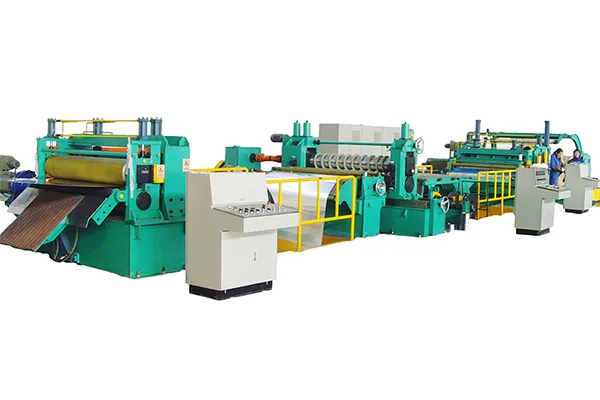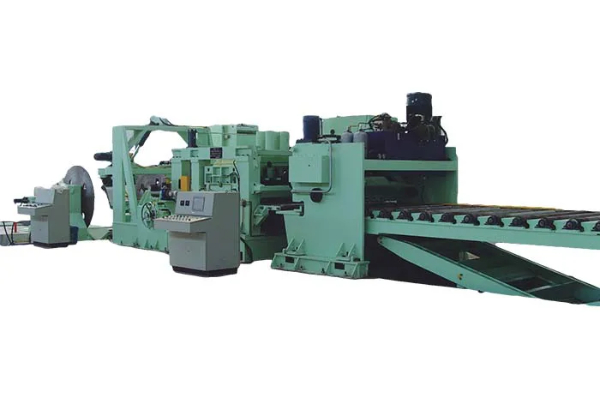
Comparing Laser Cutting vs. Traditional Methods for Iron
- By:Metmac
- 2024-07-10
- 158
The advent of laser cutting technology has revolutionized the fabrication and manufacturing industries, offering significant advantages over traditional methods when cutting iron. Laser cutting employs a highly focused laser beam to vaporize and melt the material, resulting in precise cuts with minimal distortion. In contrast, traditional methods like shearing or flame cutting involve mechanical or thermal processes that can produce rougher cuts and higher levels of material waste.
Accuracy and Precision
Laser cutting excels in accuracy and precision, achieving finer details and tighter tolerances compared to traditional methods. The laser beam’s narrow focus and computer-controlled path allow for intricate cuts with clean edges and consistent dimensions. This level of accuracy enables the production of complex parts with precision that meets stringent specifications.
Material Savings
Laser cutting minimizes material waste by creating narrow kerfs, which are significantly smaller than those produced by mechanical shearing or flame cutting. This leads to a more efficient use of material, reducing costs and environmental impact. Additionally, laser cutting allows for nested cutting, where multiple parts are arranged on a single sheet, maximizing material utilization.
Speed and Efficiency
Laser cutting operates at high speeds with minimal setup time. The laser beam moves rapidemently along the cutting path, significantly reducing production times compared to traditional methods. The automated and computer-controlled process minimizes human error, leading to faster and more consistent results.
Surface Quality
Laser cutting produces clean and burr-free edges with minimal distortion. The laser beam’s intense heat vaporizes the material, leaving behind a smooth and precise cut. This eliminates the need for further finishing steps, saving time and labor costs.
Versatility
Laser cutting is highly versatile and can handle a wide range of ferrous materials, including mild steel, stainless steel, and cast iron. It can also cut complex shapes, fine details, and even perforate materials with ease. This versatility makes it suitable for various applications in industries such as automotive, aerospace, and construction.
Safety and Environment
Laser cutting offers enhanced safety compared to traditional methods. The laser beam is enclosed within a system, minimizing exposure to hazards. Additionally, laser cutting produces minimal smoke and fumes, reducing the release of harmful gases into the environment.
Conclusion
In conclusion, laser cutting offers several advantages over traditional methods for cutting iron. Its precision, material savings, speed, surface quality, versatility, safety, and environmental friendliness make it an ideal choice for various manufacturing applications. As technology continues to advance, laser cutting is likely to remain the preferred method for cutting iron, enabling the production of high-quality, complex parts with efficiency and accuracy.
-
Sheet Metal Rolling Machine for Sale: Finding Precision and Durability with METMAC
2025/12/09 -
Press Brake Bending Machine: Engineering Precision with METMAC
2025/12/09 -
CNC Sheet Bending Machine: Precision Redefined with METMAC
2025/12/09 -
Sheet Metal Roll Forming Machines: The Precision of METMAC Engineering
2025/12/09
-
Advanced Sheet Metal Rolling, Laser Cutting, and Folding Machines for Precision Fabrication
2025/10/31 -
High-Performance Sheet Metal Bending and Cutting Machines for Modern Fabrication
2025/10/31 -
High-Quality Sheet Metal Equipment for Sale: Efficient Solutions for Modern Manufacturing
2025/10/31 -
High-Performance Sheet Metal Equipment for Sale: Forming and Shearing Solutions for Modern Fabrication
2025/10/22
-
A Guide to the Latest Innovations in Sheet Metal Folding Machines
2024/11/29 -
Key Features to Consider When Investing in a Sheet Metal Folding Machine
2024/11/28 -
Enhancing Precision with Advanced Sheet Metal Folding Machines
2024/11/27 -
How to Choose the Right Sheet Metal Folding Machine for Your Workshop
2024/11/26







